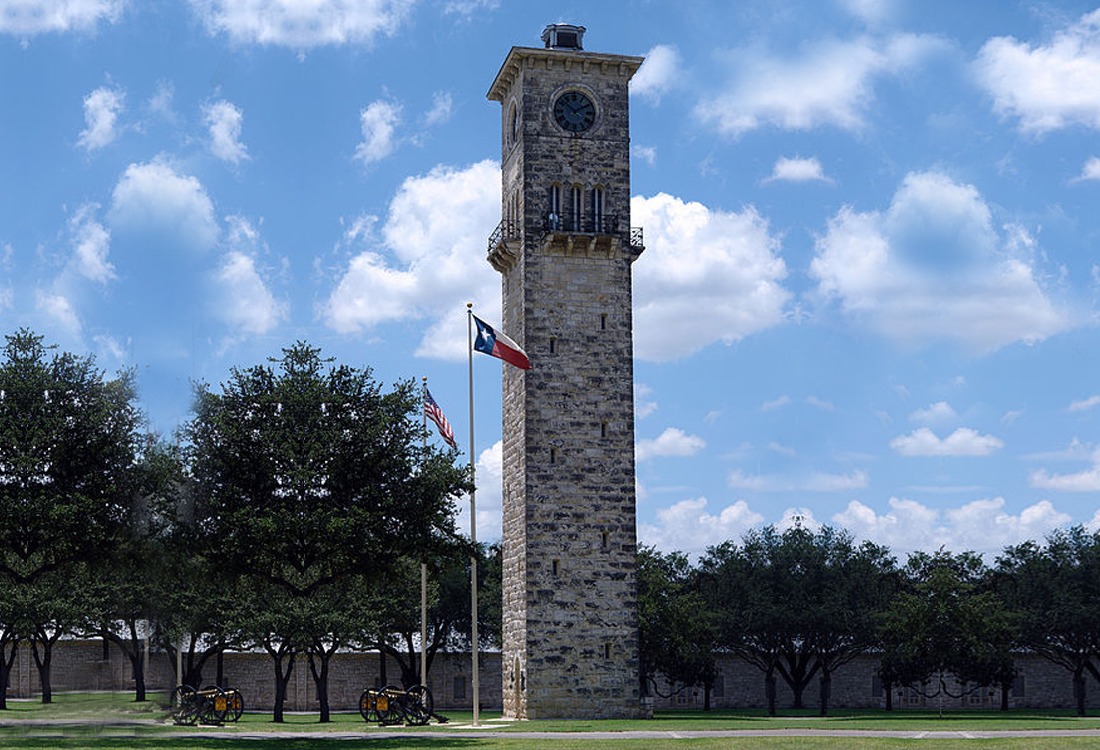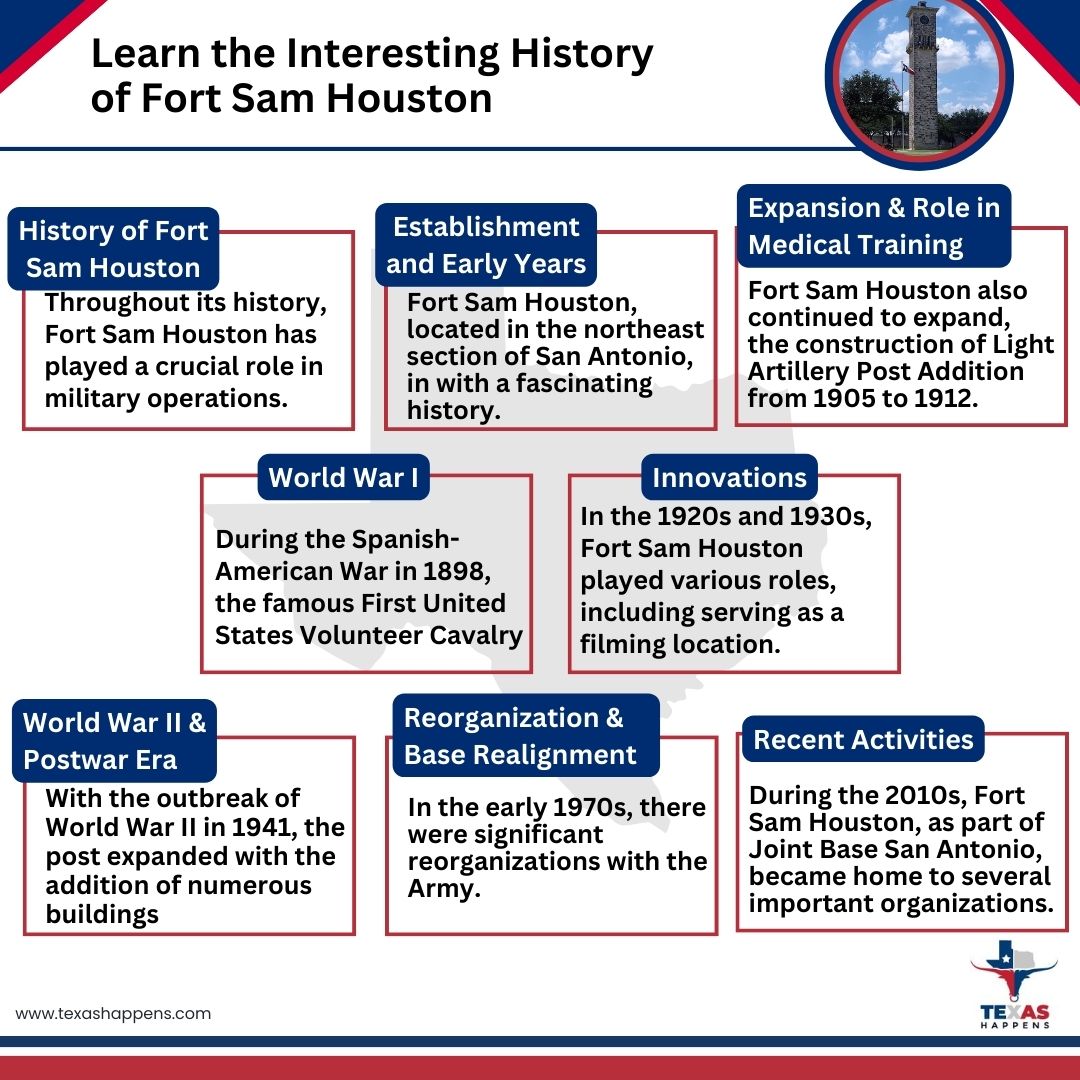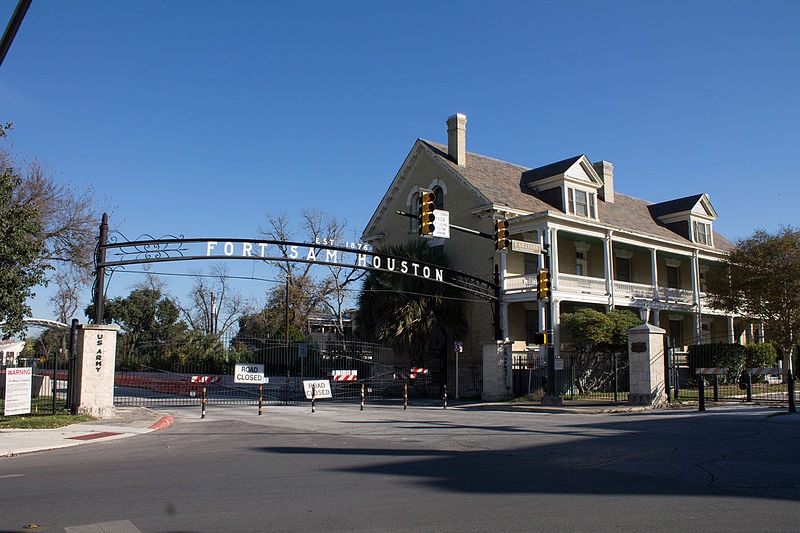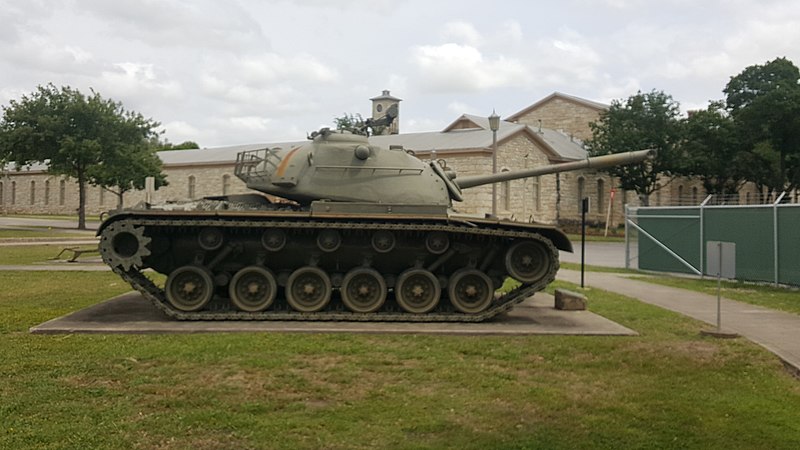Fort Sam Houston is a historic United States Army post located in San Antonio, Texas. It has a rich and extensive history, playing a significant role in military operations, medical training, and defense throughout its existence. From its establishment in the 19th century to its modern-day activities, Fort Sam Houston remains an integral part of the U.S. military infrastructure.
Fort Sam Houston stands as an iconic symbol of military history, innovation, and unwavering commitment to serving the nation. Located in San Antonio, Texas, this historic military post boasts a rich and captivating history that spans over a century. From its humble beginnings as a frontier outpost to its evolution into a modern and thriving Joint Base, Fort Sam Houston has played a vital role in shaping the United States Army and the broader military landscape.
Read on to discover the intriguing history of the fort.
History of Fort Sam Houston
Throughout its history, Fort Sam Houston has played a crucial role in military operations, frontier defense, and medical training. Its legacy as a strategic base and its contributions to the advancement of military medicine has solidified its place in American military history.
Establishment and Early Years
Fort Sam Houston, located in the northeast section of San Antonio, is a significant military installation with a fascinating history. The fort was initially created to protect the western frontier and serve as a headquarters for the Department of Texas.
The United States Army first established a presence in San Antonio in October 1845 with Camp Almus near the Alamo. The city made several attempts to secure a permanent military installation, and during the Mexican War, a mobilization camp was set up at San Pedro Springs.
1849 the San Antonio Quartermaster Depot occupied the Alamo, while the Vance house was the headquarters. Barracks and officer quarters were rented nearby. The city offered free land, but only a small parcel on Flores Street was accepted for the San Antonio Arsenal. All federal facilities were surrendered to secessionist forces during the Civil War, but federal forces returned in 1865.
The construction of Fort Sam Houston was placed under the supervision of Major General Edward Ord, an army engineer who was also the military commander of the Department of Texas. Construction began in 1876 by the Edward Braden Construction Company on a quadrangle. The depot started operating from the quadrangle in 1877, and it was completed in 1878. The headquarters moved to the Staff Post in 1881, and additional buildings, including a hospital, were added in subsequent years.
In 1876, with the completion of the quadrangle, the Army commenced relocating its facilities to the new site. Over time, the fort expanded and constructed additional facilities to cater to the evolving needs of the Army. The headquarters and garrison at Fort Sam Houston have consistently held a vital role as one of the Army’s significant commands. Before the Civil War, the headquarters controlled 25 percent of the Army’s forces.
In 1890, the post was officially designated Fort Sam Houston in honor of Gen. Sam Houston. Notably, Apache Chief Geronimo was held in the quadrangle before being exiled to Florida.
Expansion and Role in Medical Training
Fort Sam Houston also continued to expand, with the construction of the Cavalry and Light Artillery Post Addition from 1905 to 1912. Land near Leon Springs was purchased for firing ranges and training areas, which became Camp Bullis in 1917. The first chapel on the post, named the “Gift Chapel,” was built in 1909, and a new hospital and the Army’s only airplane arrived in 1910, marking the beginnings of military aviation.
From 1910 until World War II, Fort Sam Houston was named the largest Army post in the continental United States. Many of the most distinguished soldiers have served here, including two U.S. presidents and about 13 Army Chiefs of Staff.
Notably, one of the most significant contributions of Fort Sam Houston has been in the field of military medicine. In 1907, the Army Medical School was established at the fort, eventually becoming the Army Medical Department Center and School. Over the years, Fort Sam Houston expanded its medical training facilities, including the establishment of Brooke Army Medical Center, one of the premier military hospitals in the United States.
World War I
During the Spanish-American War in 1898, the famous First United States Volunteer Cavalry mobilized in San Antonio and received supplies from the depot. At that time, the fort also served as a mobilization point for troops heading to Cuba and the Philippines.
During the 20th century, Fort Sam Houston saw increased activity due to its strategic location and growing military significance. During World War I, an additional 1,280 acres of land northeast of the fort were purchased to establish Camp Travis, a National Army Cantonment. More than 208,000 soldiers passed through Camp Travis. Fort Sam Houston also became an important training center for the U.S. Army, specifically for medical personnel.
By 1912, it had become the largest army post, housing the headquarters of the Southern Department, the San Antonio Quartermaster Depot, and a garrison comprising infantry, cavalry, field artillery, signal, and engineer troops. During General Pershing’s expedition into Mexico in 1916, the depot provided support to his forces, operating under the headquarters’ control.
After the war, the Second Division was stationed at Camp Travis. The temporary buildings of Camp Travis were eventually replaced with new permanent structures between 1928 and 1939, designed by top urban planners in the Spanish Colonial Revival style.
Innovations
In the 1920s and 1930s, Fort Sam Houston played various roles, including serving as a filming location for motion pictures, supporting the Civilian Conservation Corps, conducting large-scale maneuvers, and developing the concept of the “triangular division.”
Fort Sam Houston’s prominence has been a catalyst for significant tactical and organizational advancements throughout its history. Notably, the post played a crucial role in the birth of military aviation in 1910, which was further revitalized in the 1940s and 1950s. The implementation of large-scale troop maneuvers, including the pioneering use of Command Post Exercises in 1911, demonstrated the fort’s commitment to innovation.
In the 1930s, Fort Sam Houston’s field exercises contributed to the development of the Triangular Division — a streamlined and highly mobile organizational structure that would become the backbone of the Army’s combat power during World War II. The post also served as a testing ground for the delivery of troops to the battlefield by air between 1939 and 1941, showcasing the potential of aerial transportation in military operations.
Additionally, Fort Sam Houston was at the forefront of advancing medical practices within the military. As early as 1917, the post was instrumental in developing aeromedical evacuation techniques for transporting casualties.
World War II and Postwar Era
With the outbreak of World War II in 1941, the post expanded with the addition of numerous temporary mobilization buildings.
Throughout the war, Fort Sam Houston served as the headquarters for several armies and deployed troops for training and operations. Notable units included the VIII Corps, Second Infantry Division, Eighty-eighth Infantry Division, and Ninety-fifth Infantry Division. The post also housed schools for different military specialties, a prisoner of war camp, and the first unit of the Women’s Army Auxiliary Corps. Many high-ranking commanders during the war had connections to Fort Sam Houston, including General Dwight D. Eisenhower, who began as Chief of Staff of the Third Army and eventually became the Supreme Commander of the Allied Expeditionary Forces in Europe.
After World War II, the Fourth Army continued its presence at the quadrangle, but Fort Sam Houston took on a new mission focused on medical training. Brooke Army Medical Center became the core of this mission by establishing Brooke General Hospital in 1937. It was joined by the U.S. Army Medical Training Center, which trained enlisted medics, and the Medical Field Service School, which provided training for officer medical branches and enlisted medical technicians.
The Institute of Surgical Research, specializing in trauma surgery, was also moved to Fort Sam Houston in 1946 from Halloran General Hospital in New York. The Burn Center was established in 1949. During the Korean War and the Vietnam War, Fort Sam Houston became known as the “Home of Army Medicine,” as it trained all of the Army’s medical personnel.
Reorganization and Base Realignment
In the early 1970s, there were significant reorganizations within the Army, leading to changes at Fort Sam Houston. The Fourth and Fifth Army areas were combined in 1971, with the Fifth Army Headquarters replacing the Fourth in the quadrangle. In 1972, the Medical Field Service School, U.S. Army Medical Training Center, and other related activities were merged to form the Academy of Health Sciences, consolidating all Army medical training. Additionally, the U.S. Army Health Services Command was established to oversee medical activities within the Army, with its headquarters at Fort Sam Houston. In 1975, Fort Sam Houston was designated as a National Historic Landmark in recognition of its historical significance.
During the Cold War and the post-Cold War period, Fort Sam Houston continued to provide trained soldiers and units for exercises, international crises, and national disasters. For instance, during events such as Grenada, Panama, Desert Shield, and Desert Storm, Fort Sam Houston deployed troops and units as needed. In 1996, Brooke Army Medical Center relocated to new facilities, and following the terrorist attacks on the World Trade Center and the Pentagon in 2001, Fort Sam Houston once again sent trained troops and units to regions like Iraq and Afghanistan. The post played a crucial role in caring for casualties returning from the war zones. In 2003, the headquarters for U.S. Army South moved to Fort Sam Houston, taking over the former Brooke General Hospital site.
In 2005, as part of the Base Realignment and Closure (BRAC) process, the U.S. Army relocated several medical facilities from other bases to Fort Sam Houston, consolidating its medical training and command functions. The United States Navy and United States Air Force enlisted medical training programs relocated to Fort Sam Houston, joining forces with the Army Medical Department Center and School to establish the new Medical Education and Training Campus. Additionally, the Installation Management Command and the Mission and Installation Contracting Command also moved to the post. In 2009, Fort Sam Houston became part of Joint Base San Antonio, the largest Joint Base, with its headquarters situated at Fort Sam Houston.
Recent Activities
During the 2010s, Fort Sam Houston, as part of Joint Base San Antonio, became home to several important organizations. This included the 502nd Air Base Wing, which served as the headquarters of Joint Base San Antonio. Other entities present on the base included the following:
- Headquarters of U.S. Army North/Fifth United States Army
- United States Army South
- United States Army Medical Command
- Medical Education and Training Campus
- Brooke Army Medical Center
- Institute for Surgical Research with its renowned Burn Center
- Center for the Intrepid
- San Antonio Naval Recruiting District
- San Antonio Military Entrance Processing Center
- Camp Bullis, Fort Sam Houston’s sub-post
In addition, Fort Sam Houston houses the Fort Sam Houston National Cemetery, Robert G. Cole Middle School and High School, and Fort Sam Houston Elementary School. The post also supports National Guard and Army Reserve units and Junior and Senior Reserve Officer Training Corps (ROTC) units. Through the activities of the tenant organizations and the training of medical personnel from various services, Fort Sam Houston’s impact extends nationally and globally.
Conclusion
The history of Fort Sam Houston stands as a testament to its enduring significance in the annals of American military history. Over the years, Fort Sam Houston has witnessed the rise and fall of conflicts, and its strategic location in San Antonio has made it a hub for military operations and a center for training soldiers, particularly in the field of medicine. As it continues to evolve and adapt, Fort Sam Houston remains an integral part of the American military infrastructure, perpetuating a legacy built on honor, service, and the pursuit of excellence.





